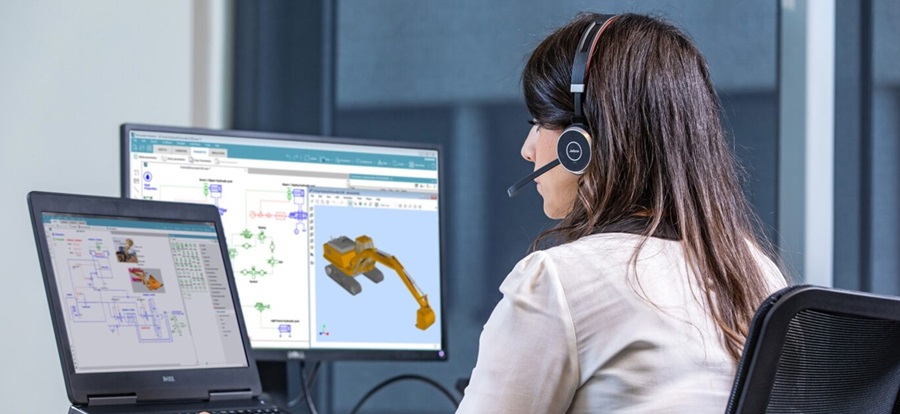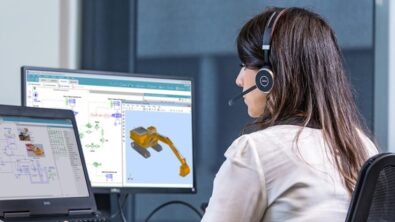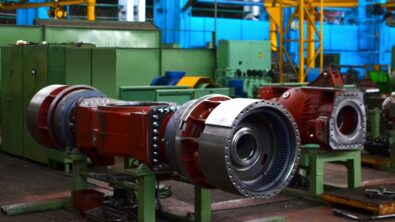Multi-disciplinary design optimization for heavy equipment of the future

The construction, agriculture and mining equipment industry is changing rapidly as regulatory pressure and consumer expectations are driving the need for a multi-disciplinary heavy equipment design optimization approach. New technologies are emerging, particularly around autonomous operation and power sources that are increasingly electrified. This has the effect of bringing much more complexity into machines than ever before. Increasing the challenge for manufacturers, there is more competitive pressure than ever. Not only do they need to design and build machines that are more innovative and complex, they need to do it in a reduced time frame while maintaining quality and performance.
Below are several short excerpts from the on-demand webinar A comprehensive digital solution to heavy equipment design challenges. Check out the short clips below as a preview, then watch the full webinar at your own pace:
Design trends affecting the heavy equipment industry
Hear more about how trends in sustainability, emerging technologies and regulatory pressures are affecting heavy equipment design in this clip:
Enhancing manufacturing efficiency and sustainability
Next, watch this short moment from the webinar to learn more detail about how NX can help you identify design areas likely to cause manufacturing issues, before they become expensive to fix:
Exploring generative engineering with NX artificial intelligence capabilities for heavy equipment
Finally, this short video from the webinar provides a demonstration of NX’s AI-enabled features with generative engineering for a suspension component in a heavy equipment tractor:
Curious about what else you can do with NX? Check out this short video for a quick demonstration of virtual reality capabilities available in NX:
Solving integration issues from the start
A multi-disciplinary design optimization approach is needed to bring these new machines to market. Existing equipment design methods, where each discipline works independently and integration happens at the end of the process, are not sufficient to deliver new, complex machines in a timely, competitive manner. Each discipline, from mechanical to electrical, electronic, and software, must work together in a concurrent manner from the same data set with full visibility of the complete design at all times. Breaking down the barriers between disciplines is essential to delivering the advanced heavy equipment of the future while maintaining quality and minimizing costs.
A complete end-to-end solution with multi-disciplinary design optimization
Siemens offers a complete, multi-disciplinary design optimization and engineering platform, built on Siemens Xcelerator. This platform enables you to go from customer and government requirements to concept design, all the way through to the finished machine operating in the field. Built on proven technology, this cloud-enabled solution uses a single source of data throughout the engineering process.
Working from the same data set improves collaboration and integration while reducing errors and costly rework. It also eliminates the need for time-consuming, error-prone translation. Collaboration is further enhanced with an immersive design environment that helps everyone to see the whole design in context. Enabled by proven mechanical design with NX, electrical design with Capital, and data management with Teamcenter, only Siemens offers a complete, end-to-end solution for engineering the complex heavy equipment of the future.
Siemens mechanical product design software, NX, delivers advanced 3D design capabilities to Siemens Xcelerator, integrating across disciplines to deliver the comprehensive digital twin. Get started accelerating your heavy equipment design today.

Additional resources for heavy equipment design:
Resource page: Accelerated heavy equipment design
On-demand webinar: Next generation CAD software for heavy vehicle design
Ebook: How CAD in the cloud boosts your engineering investment


